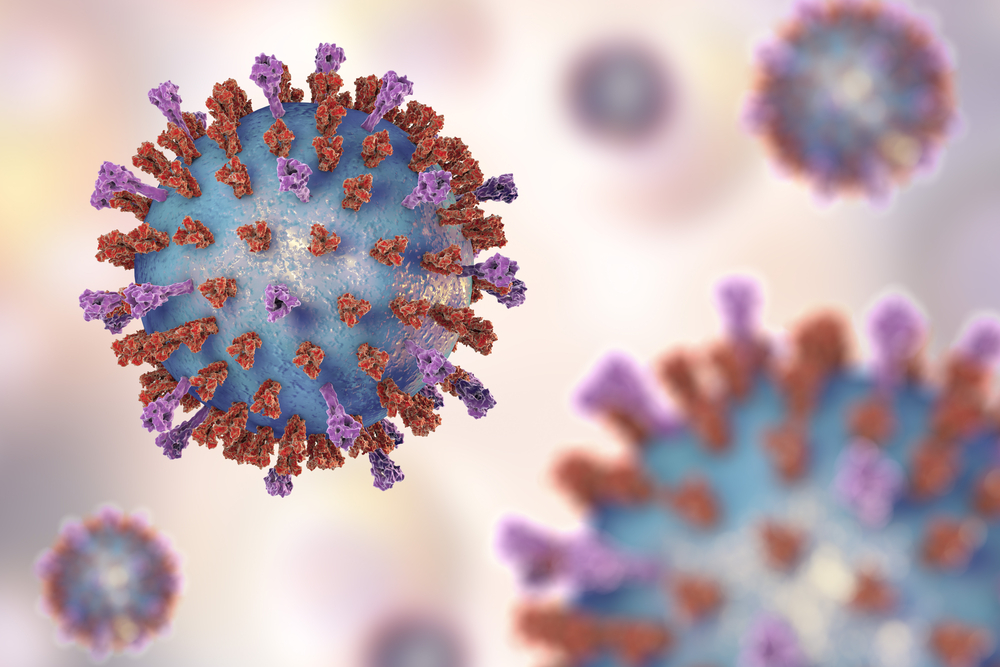Viral Infections Raise Risk of IPF But Not of Disease Worsening, Analysis Study Reports
Written by |

Chronic viral infections caused by the Epstein-Barr virus (EBV), cytomegalovirus (CMV), human herpesvirus 7 (HHV7), and herpesvirus 8 (HHV8) increase the risk of idiopathic pulmonary fibrosis (IPF), but not of acute flares that mark disease worsening, according to data from a meta-analysis study.
The study, “Viral Infection Increases the Risk of Idiopathic Pulmonary Fibrosis: A Meta-analysis,” was published in the journal CHEST.
Although the origin of IPF is poorly understood, scientists believe the disease to be caused by a combination of genetic and environmental factors, including smoking, exposure to certain inhaled toxic substances (e.g., metal particles and wood dust), and microbial infections.
“Among these factors, the relationship between virus and IPF is widely investigated, and accumulating evidence implies that viral infections may play an important role in the initiation and exacerbation of IPF,” the scientists wrote. “However, the exact pathogenetic relationship between viral infection and IPF remains the subject of ongoing investigation.”
In this meta-analysis study, researchers at Huazhong University of Science and Technology in China and collaborators set out to investigate the possible relationship between viral infections and the development and aggravation of IPF.
The team did a search of six online databases, looking for studies focused on the relationship between viral infections and IPF that were published between 1984 and 2018.
Investigators eventually selected 20 case-control studies to be included in the final meta-analysis.
These studies contained data on 1,287 people (mean age of 59.75; 69% male) — 634 IPF patients and 653 healthy volunteers (controls) — from 10 countries.
Data on viral infections caused by 19 different species of virus were available for all IPF patients in these case-control studies.
Pooled data from all the studies found that viral infections increased by more than three times the risk of IPF. However, they did not increase the risk of disease worsening (exacerbations).
When looking at viral infections caused by a particular species of virus — namely EBV, CMV, HHV6, HHV7, and HHV8 — researchers found that all of them, with the exception of HHV6, were also associated with a greater likelihood of IPF.
Six of the 20 case-control studies also had data covering 174 IPF patients who had multiple viral infections. However, statistical analyses found no significant connection between such multiple infections and an increased risk of IPF, although more research here is needed.
Viral infections and IPF onset is independent of a person’s age or gender, statistical analyses also showed.
“In conclusion, the presence of viral infections is associated with a significant increase in the risk of IPF, specifically for EBV, CMV, HHV7 and HHV8 infections. Our study supports the hypothesis that virus infection could play a key role in pathogenesis [development] of IPF,” the researchers concluded.





